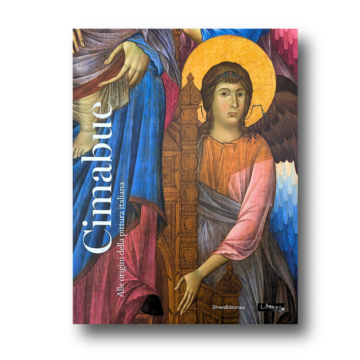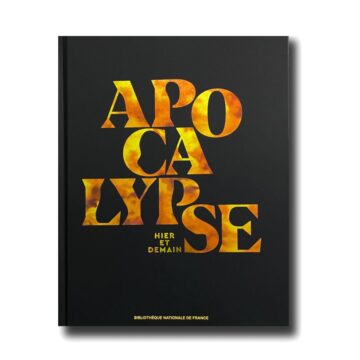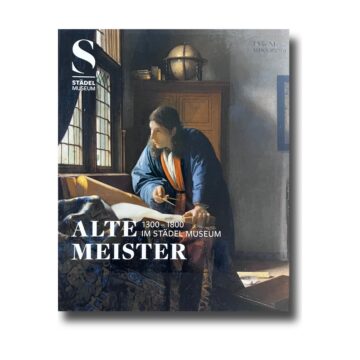What was Medieval marriage like
This portrait was probably painted soon after the marriage of Margaret of York, a sister of King Edward IV of England, to Charles the Bold in 1468.
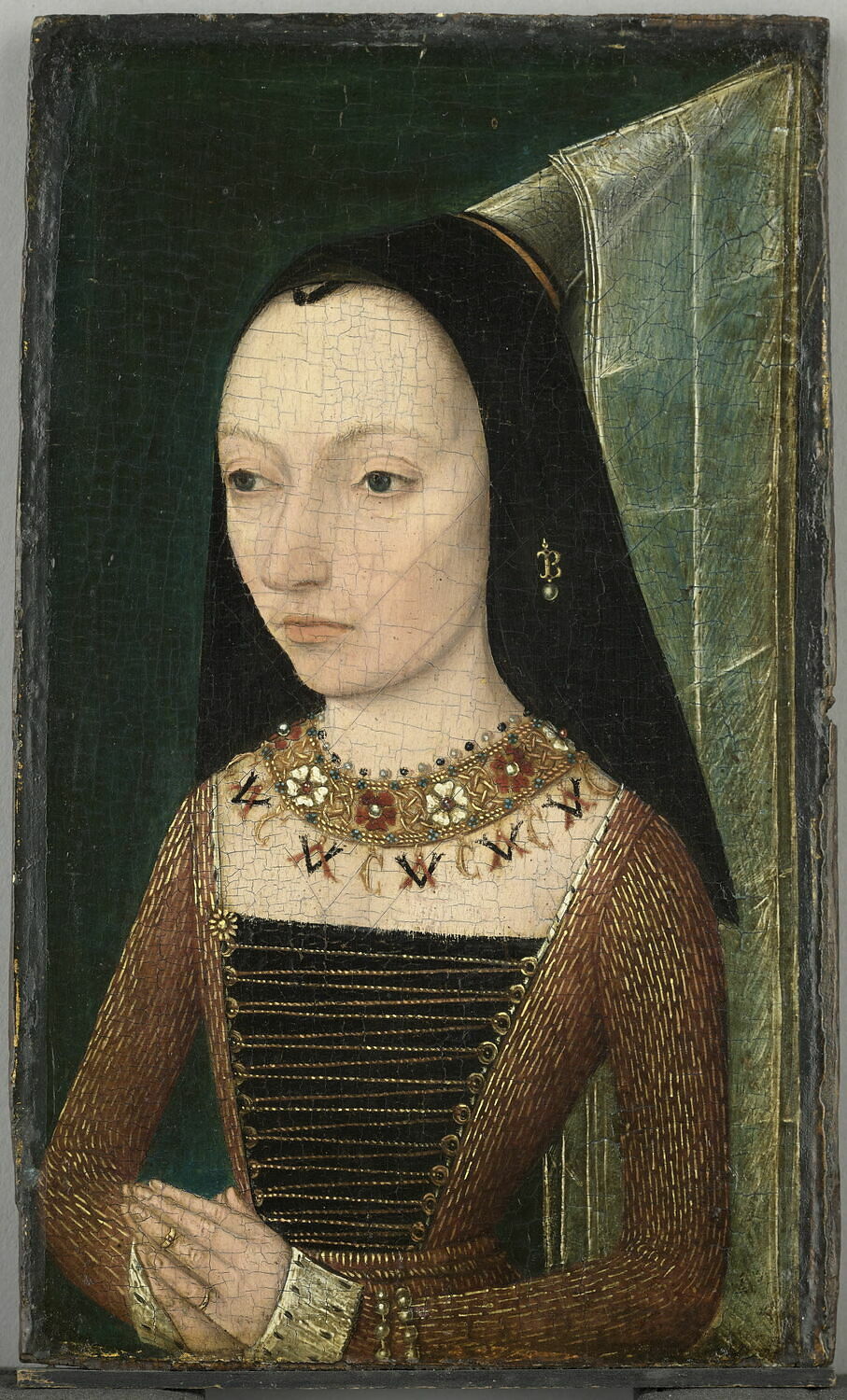
Margaret is adorned with a necklace featuring the letters “C” and “M,” representing “Charles” and “Margaret.” This emblem of intertwined initials signifies their union and mutual commitment. A pin bearing the letter “B” symbolizes her association with the Burgundian court. These symbols show loyalty, identity, and political ties.
In the 15th century, as with most noble marriages, the primary goal of marriage was not romance but the strengthening of familial power. For Margaret her marriage to Charles the Bold was a politically motivated alliance. The union was arranged not for love, but to strengthen and improve each family’s political power. This was common in medieval marriages, where parents or rulers arranged them without caring much about what the couple wanted.
Once married, Margaret took on the role of Duchess of Burgundy. However, her duties were mostly ceremonial and symbolic. While she was married to a powerful ruler, her involvement in the political affairs of Burgundy was minimal. Her role was largely limited to being a figurehead within the court and upholding her family’s honor. This reflects the limited agency that women often had in medieval marriages—women were expected to be loyal wives and mothers, supporting the political objectives of their husbands rather than engaging in active governance. The emotional aspect of marriage in the Middle Ages, especially among the nobility, was often secondary to its political and social functions. Margaret’s experience reflects how medieval marriages often involved emotional sacrifice, especially for women with limited control over their marital fate. While Margaret’s marriage brought her prestige and wealth, it did not provide the companionship or intimacy that might have been expected in a modern marriage.
One of the most significant aspects of medieval marriage was its role in ensuring the continuation of a family’s bloodline. The lack of children in the marriage between Margaret and Charles was a major disappointment for both parties. The inability to produce heirs was a source of frustration for both, as it undermined the main goal of marriage for noble families—to secure a legacy for future generations. Their union, therefore, failed in this fundamental aspect, contributing to the eventual political instability that followed Charles’s death in battle in 1477.
Portrait of Margaret of York is on loan from Musée du Louvre to “Medieval Women: In Their Own Words” exhibition. The exhibition is currently on display at the British Library in London. It opened on October 25, 2024, and will run until March 2, 2025.
This exhibition focuses on Europe from roughly 1100 to 1500, a period in which there was strong cultural interconnection across the continent. While most medieval sources from the period were written by and about men, women’s surviving testimonies offer remarkable insight into their contributions to medieval social and economic life, culture and politics, their skillful management of households and convents, and the vibrancy of female religious culture.
On display is an extraordinary array of manuscripts, documents, early printed books, paintings, coins, textiles, and objects associated with women from across medieval Europe. They feature unique items from the British Library’s collections, alongside major loans from the Louvre, the British Museum, the Victoria & Albert Museum, and other institutions.
Exhibition calendar
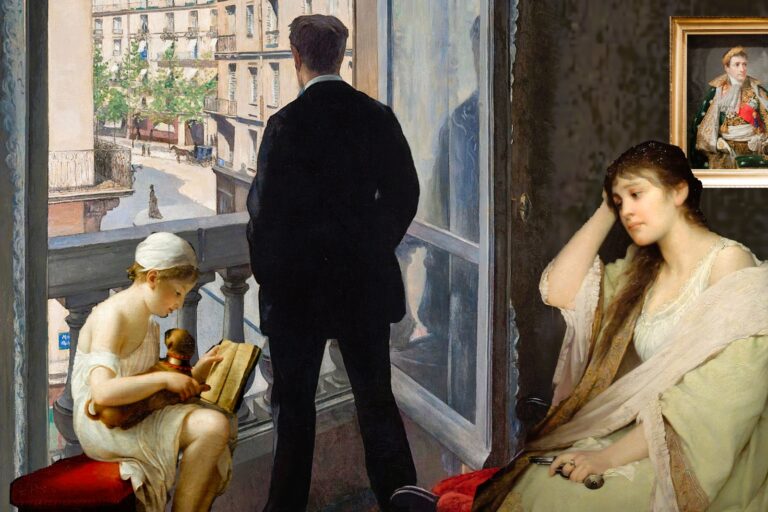
11 Jul 2025
Men in Windows, Women in History: The Art Exhibitions of July 2025
Windows are open this month, both literally and metaphorically. Men peer out of them,…
Art news
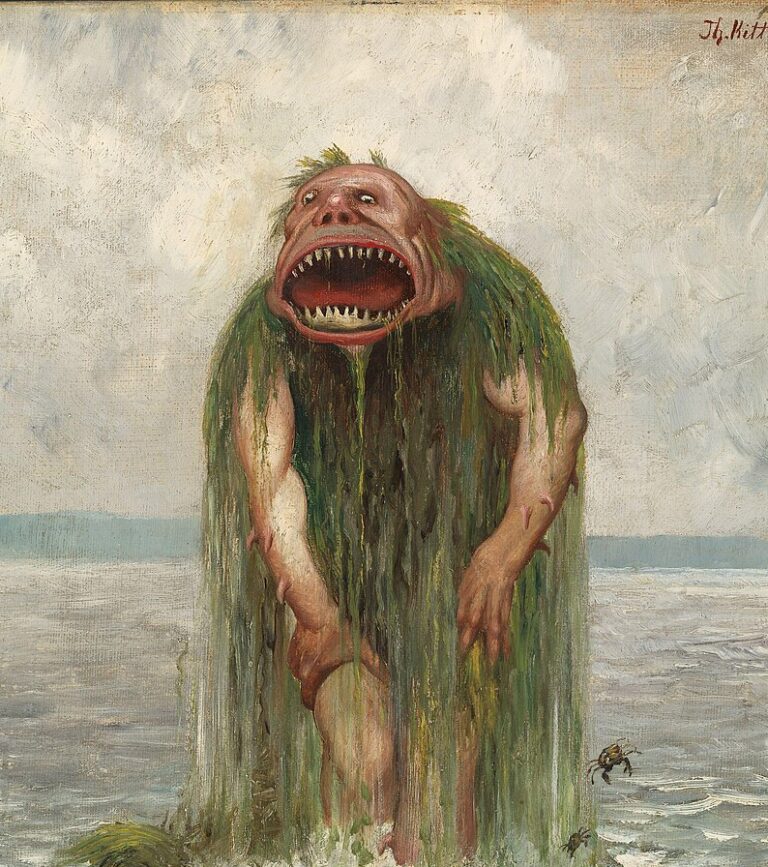
30 Apr 2025
Trolls, Death, and Tender Monsters: The Magical World of Theodor Kittelsen
Have you ever smiled at a sea monster or felt sorry for an old…


